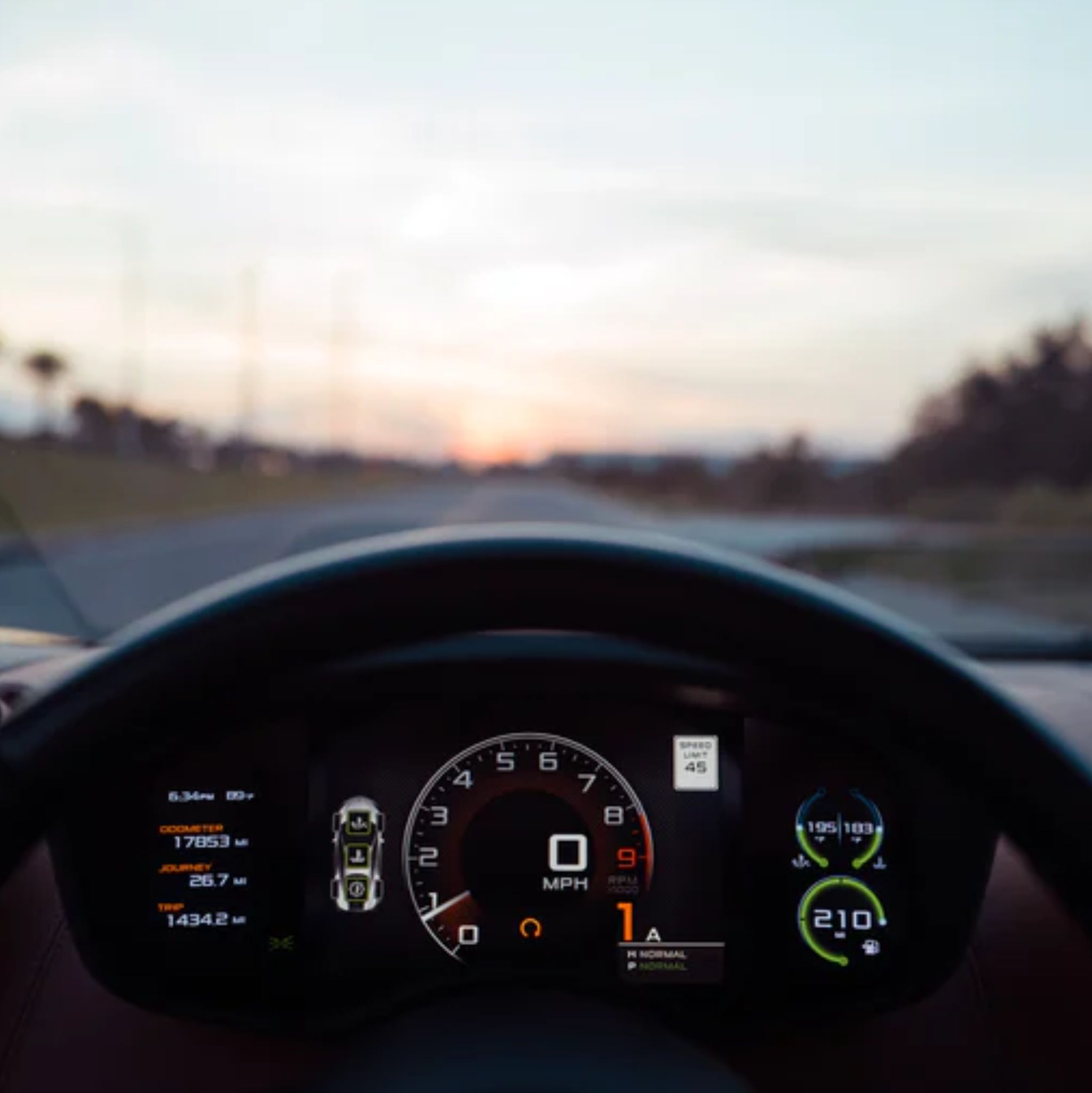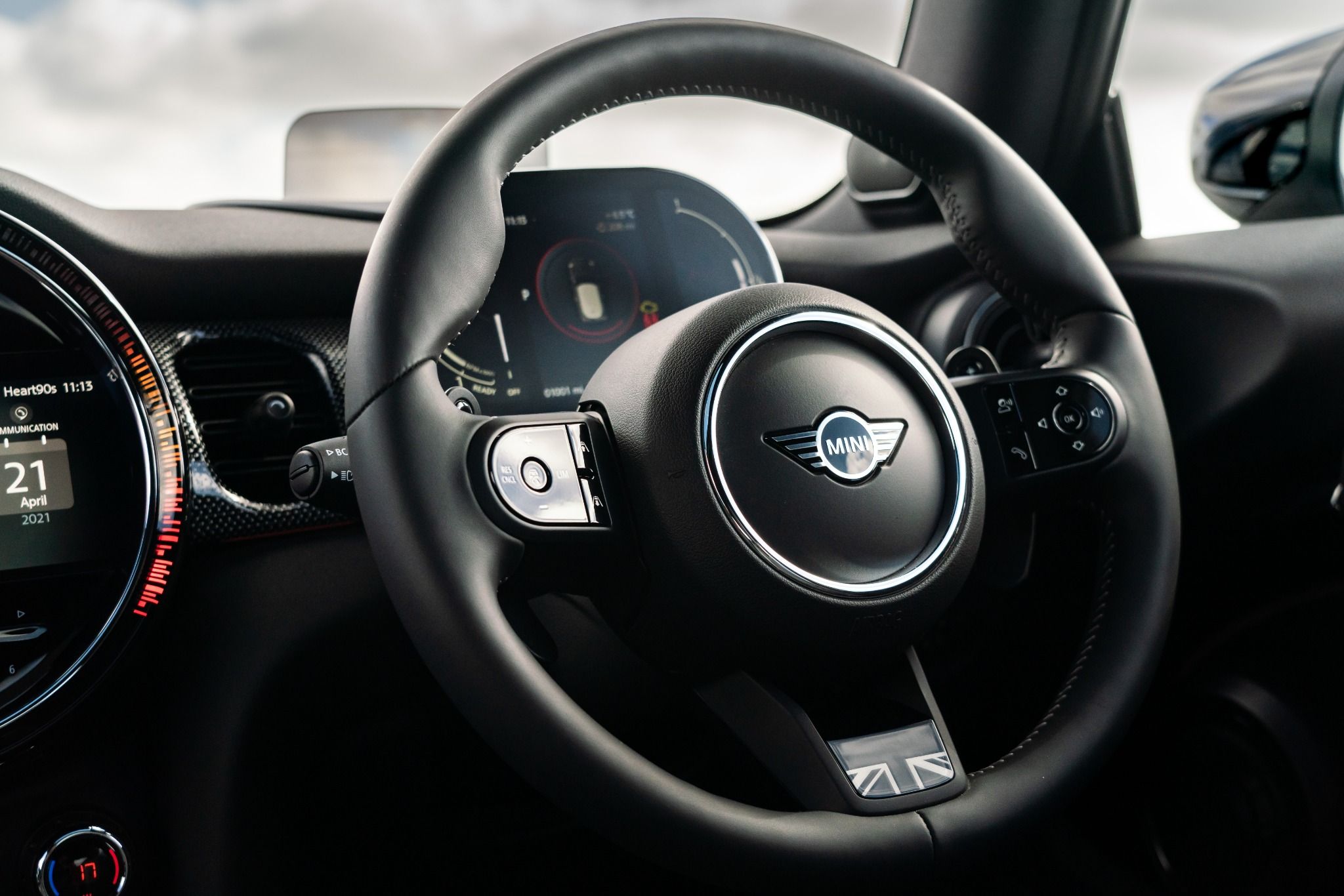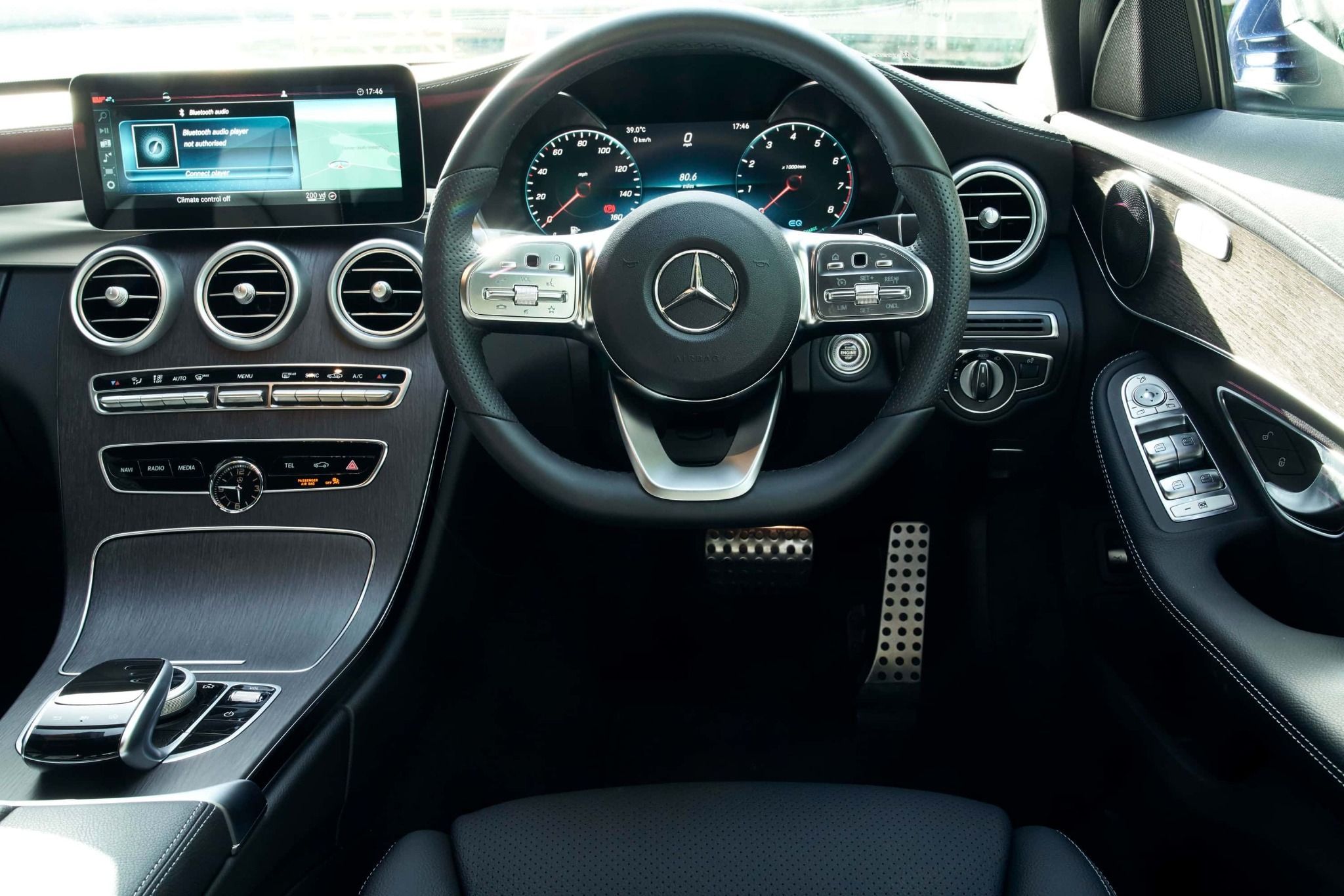No matter what type of vehicle you own, it is important to maintain it properly and to act on any issues as quickly as possible to ensure that they do not manifest and get worse. Central to this is understanding what the warning lights on your car's dashboard mean. Modern cars today are packed with sensors and electronics that monitor how the car is behaving.
When something goes wrong, there will usually be a light that flashes on your dashboard to tell you what the problem is. However, if you do not understand what these different lights mean, then they are not going to be of much use to you. With that in mind, read on to find out about the different lights that are featured on vehicle dashboards, as well as their meaning.
Battery charge warning light
There is a light on your dashboard which looks like a battery, with a positive and negative mark on it. When you first turn on your car, you should see the battery charge warning light.
This is normal. However, if this light does not switch off a few seconds after you have started the engine, there could be an issue with the electrical system in your car. This could be to do with damaged cabling somewhere in the bay of the engine, a bad connection, a faulty battery, or a faulty alternator. If the battery in your vehicle does not charge when the car is moving, you could grind to a halt because you may run out of electrical power. The worst case scenario is that the alternator drive belt has broken.
The reason this is the worst case scenario is that this belt is used by a number of systems within your vehicle, including the power steering and the engine coolant pump. Therefore, if you have an issue with the alternator drive belt it could be compounded and impact other parts of the vehicle.
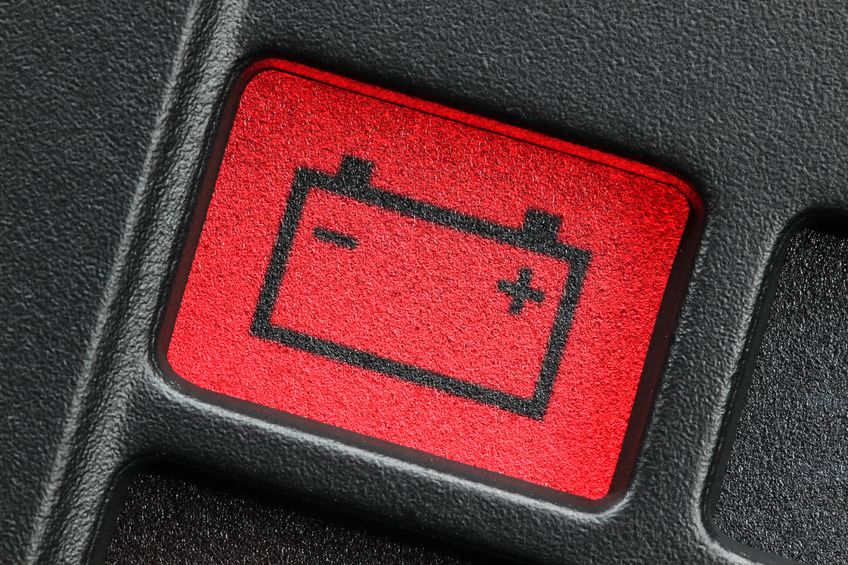
Tyre pressure monitor warning light
The next type of warning light you need to be aware of is the one that measures the pressure in your tyres. These systems are designed to inform you when the pressure in your tyres is too low. This could be because you have not filled up your tyres with air in a long time or it could be because you have a puncture.
Either way, once this light starts to flash on the dashboard you need to take a look at your vehicle’s rubber.
Oil warning light
When the oil warning light flashes, it is vital to stop at the nearest service station so that you can deal with the problem. If you continue to drive your car with an oil problem, it can result in engine failure and you will end up with an extremely expensive repair on your hands.
The oil warning light will typically flash up if the oil pressure is too low or if the oil temperature has got too high. It is the former that is the worst case scenario. After all, oil is required to lubricate your engine, and so if there is not enough oil within your vehicle then the lubrication may have suffered a huge loss in effectiveness or it may be virtually worthless, and this is how extensive engine damage arises.
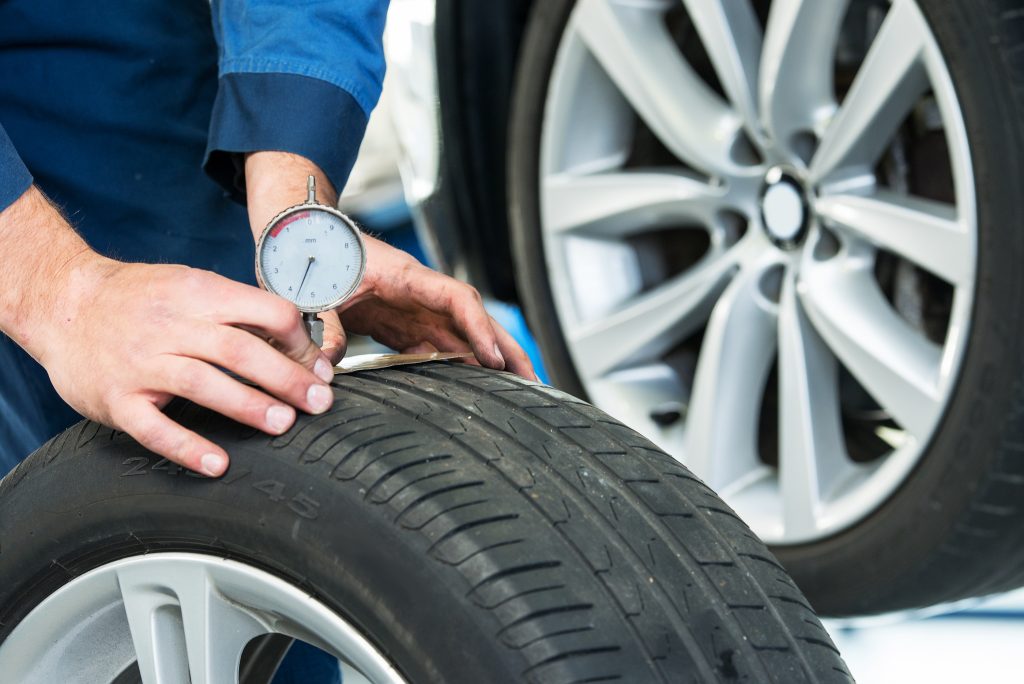
Coolant warning light
If your car does not have any coolant, then the engine would effectively weld itself together because it would get far too hot. Therefore, if you see the coolant light show up on your dashboard, it will probably mean that the levels of coolant in your vehicle are running low. You can check this by lifting up the bonnet and looking at the gauge on the side of the coolant tank. If need be, you should top this up as soon as possible.
If you find that you have a temperature gauge reading that is well into the red, this could indicate that you have an overheating engine. This is not something that should be ignored. While it may be something only minor, there could also be a big problem, like head gasket failure. The only option is to get your vehicle seen to as quickly as possible so that you do not end up with a massive repair bill on your hands.
DPF warning light
DPF stands for diesel particulate filter. Today, the vast majority of modern diesel cars are fitted with this type of filter. The filter is designed to reduce emissions by removing harmful soot from the exhaust gas.
The warning light will come on if this filter is faulty or blocked. When this happens, it is important to get in touch with a professional company and they will be able to resolve the problem as quickly as possible. If you fail to do so, this will not only mean that every time you press the accelerator, a toxic cloud of black smoke will appear, but it will also mean that you will cause extensive damage to your engine.
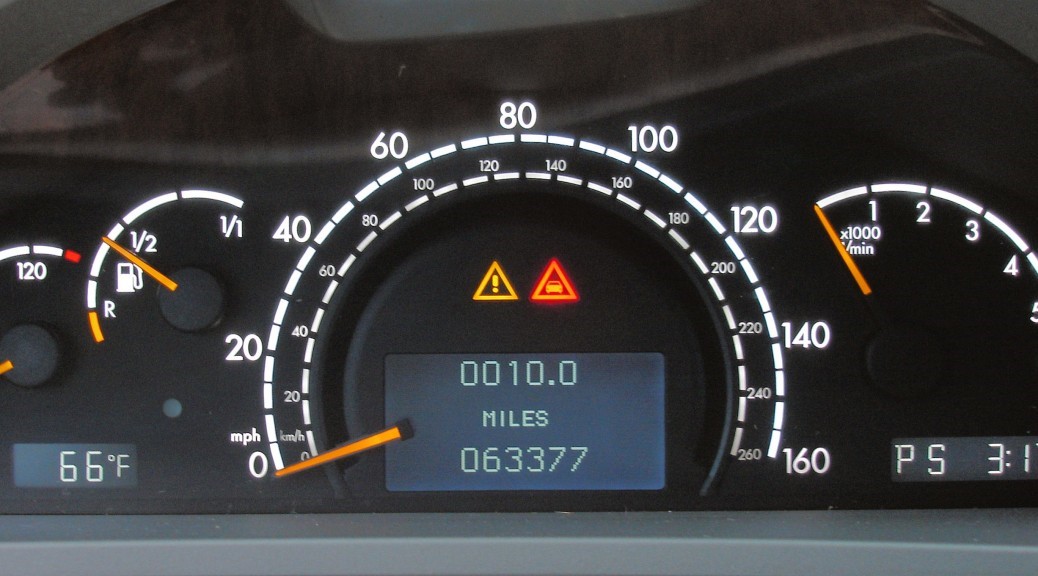
Power steering warning light
Another type of warning light that you need to be aware of is the power steering warning light. This can also be referred to as the EPAS light. It's likely that there is something wrong with your steering system if this light is illuminated.
Often, steering goes heavy when the system fails and this means that you are going to need to make a great effort in order to change the direction of the car. Not only is this frustrating, but it is dangerous too, especially if you find yourself needing to make a quick change of lane when driving.
Airbag warning light
You don't need us to tell you that the airbag is one of the most critical safety features in your car. If it's not working correctly, it needs to be seen to as soon as possible.
If you were to crash, a faulty airbag potentially wouldn't go off, meaning you and anyone else in your vehicle would not be protected. It is really not worth the risk, so whenever you see this light flash up, make sure you take your vehicle to a professional garage as soon as possible.
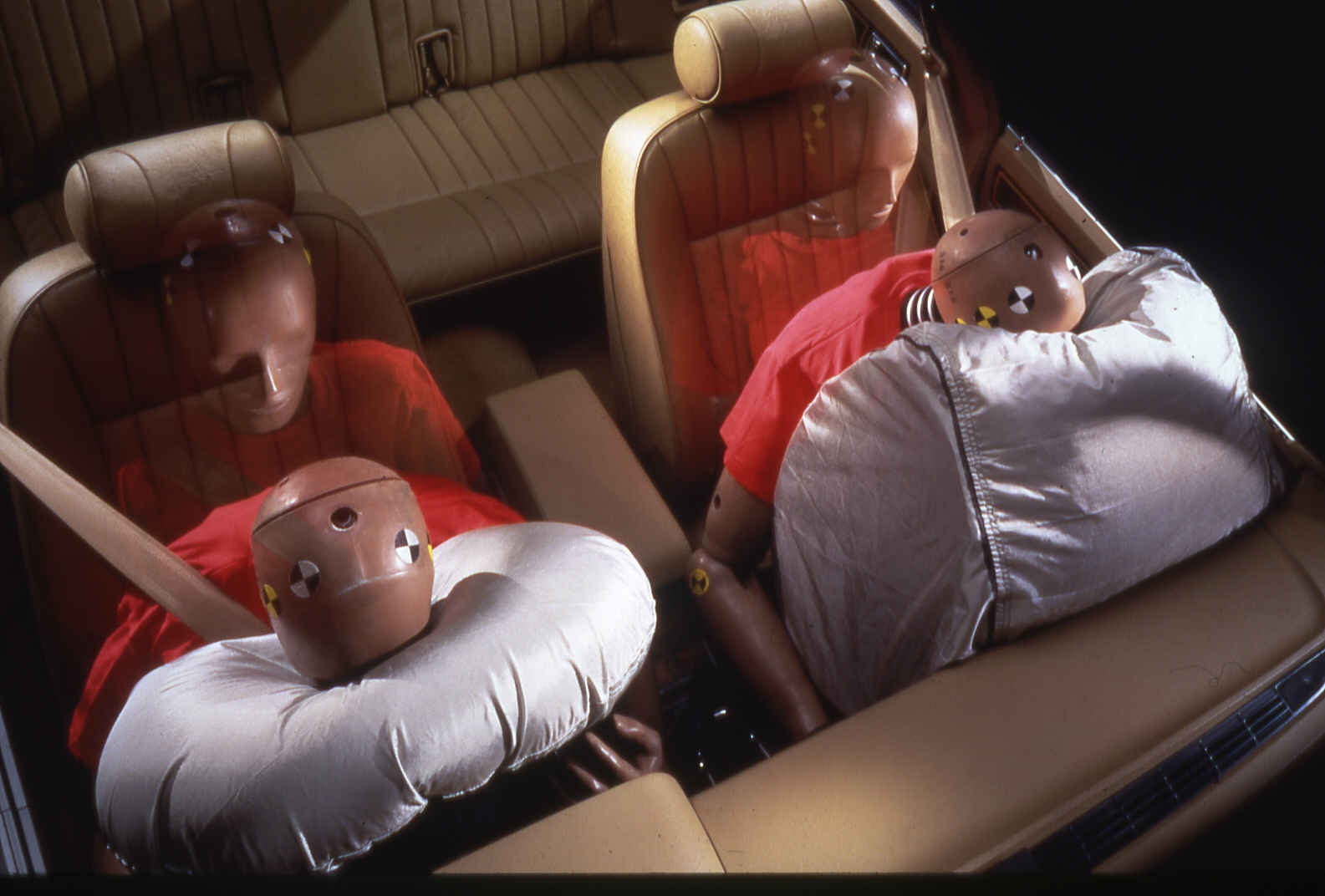
Engine warning light
The engine warning light, also known as the ECU light, can go off for different reasons and can often be accompanied by several unusual symptoms. Examples include an intermittent shuttering whenever you press the accelerator or it could be a lack of power because your car has gone into safe mode.
The engine warning light can flash for anything that is wrong with your engine, and so this could be a small fault or it could be a big one. Irrespective of this, you need to get your vehicle checked out right away no matter what. If it is a small problem, you can get this picked up on as soon as possible so that it is not allowed to turn into anything more expensive. Of course, if it's a big problem, then it is imperative that this gets fixed as soon as possible so that you do not put yourself in danger while driving.
Brake system warning light
The final warning light that you need to be aware of is the brake system or brake fluid warning light. There is no denying that your brakes are one of the most vital features of your car. Therefore, if there is something wrong with them, hence why the warning light is flashing, you need to get them seem to straight away. After all, driving around with faulty brakes is one of the most dangerous things you can do and you will not only put yourself in danger but everyone else on the roads too.
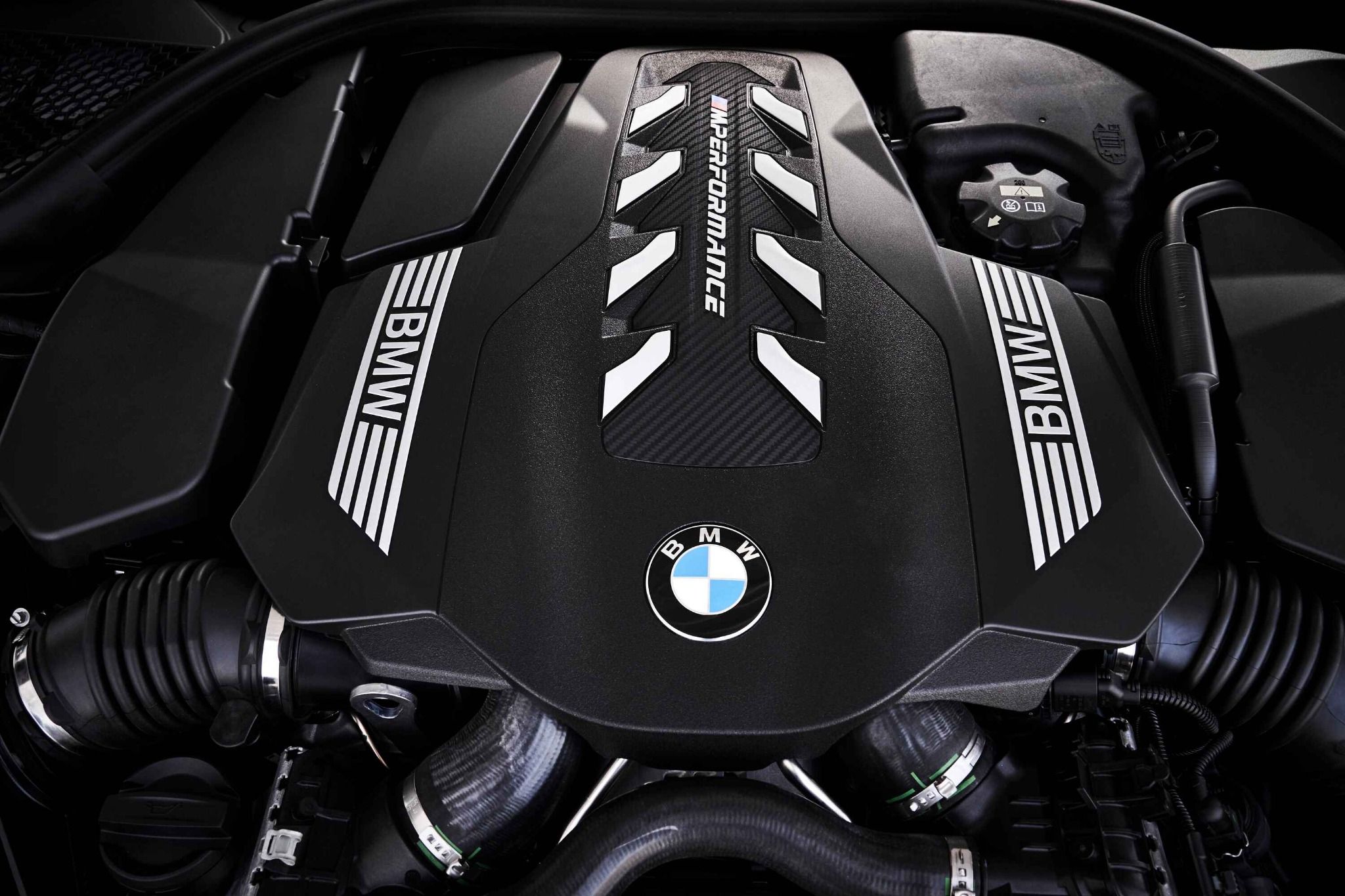
Hopefully, you know have a better understanding regarding some of the most important warning lights that are on vehicle dashboards today. Needless to say, the specific warning lights that are featured on your vehicle will depend on the make and model of car you have.
Nevertheless, the warning lights that have been mentioned above are standard and are featured on the vast majority of vehicles today. Being aware of what these warning lights mean is imperative so that you can have an understanding of what is wrong with your car as well as the action you need to take to deal with the problem as efficiently as possible.
Contact us today if your warning lights are flashing
If you have any sort of warning light flashing on your dashboard, the best thing to do is get in touch with us today so we can get to the bottom of the problem. The sooner the vehicle is checked, the quicker any potential issues can be rectified so that you do not need to worry about any safety issues or expensive problems later down the line.
Car Lights Servicing
Servicing Warning Lights Ford
Looking to find out about the warning lights for your car?
Click on a brand to find out about your cars warning lights:
